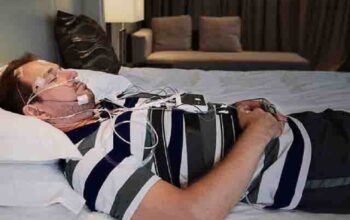As others have said, crack works like a cheap version of cocaine. In both cases, there is a differentiation between wanting and liking, many go beyond the phase of use by virtue of liking, but continue to use it because they want and need the drug. This is because both cause cognitive impairment, reducing the individual’s judgment. In addition to these problems, it is also common for users to use other drugs, such as alcohol and marijuana. The use of drug rehabilitation is there.
Crack is a powerful drug that can change an individual’s behavior and make him unavailable for crack treatment. In addition, it has a high mortality rate, especially during the first years of consumption.
Crack – The Challenge of This Century
Crack abuse is a challenge because of its acute and chronic consequences in the physical, psychic and social spheres:
Social sphere
- Worsening of the precarious social conditions of vulnerable population, such as children and adolescents.
- Increased involvement with trafficking, illegal acts, prostitution and violence.
- Severe family problems.
- Marginalization of addicted users, even being the cause of many robberies and thefts, so that he gets the drug.
Psychic sphere
- Rapidly developing dependence with great compulsiveness
- Abstinence marked by instability, impulsiveness and aggressiveness
- Triggering or aggravating psychic comorbidities such as anxiety, depression and psychotic symptoms.
- Physical sphere
- Malnutrition
- Cardiovascular and Pulmonary Problems
- Neurological Problems and Damage
- AIDS and STD exposure
- The arrival of crack in Brazil: the first ten years
There are few reports of how crack came to the country. The little information usually comes from the press or law enforcement agencies.
Crack seizures by the Federal Police began from the 1990s onwards, increasing 166-fold from 1993 to 1997, while seizures of basic pulp in the Southeast region increased 5-fold. Some evidence points to the emergence of the substance in neighborhoods to then reach the region in the city center.
Epidemiological surveys did not detect the presence of crack before 1989 taking homeless boys as an example, there was no report of consumption until that year.
Specialized outpatient services began to feel the impact of consumption growth from the early 1990s, when in some of these services the proportion of crack users jumped from 17% (1990) to 64% (1994), among addicts.
Cocaine seeking treatment for crack
The first investigation into crack use in Brazil was an ethnographic study conducted in the city of São Paulo, with 25 users living in the community. The authors reported that the emergence of the substance and the popularization of consumption began from 1989. There is aprofile of respondents, men, under 30, unemployed, with low education and low purchasing power, coming from broken families. Studies with users of various services in the state capital portrayed a similar profile.
Mortality reached a considerable portion of these users: 18% of a sample of 131 detox patients admitted to the city died in the five years following discharge, with homicides being the most frequent cause.




